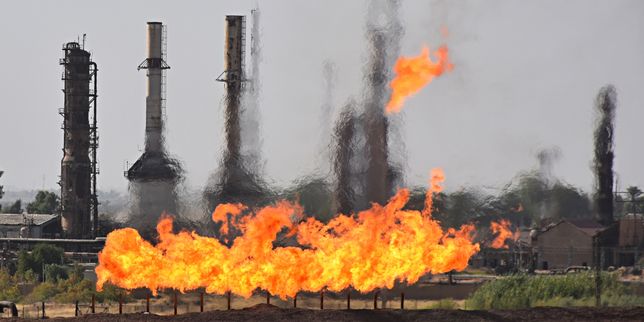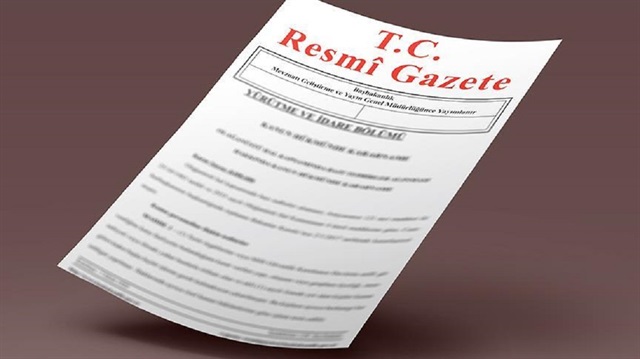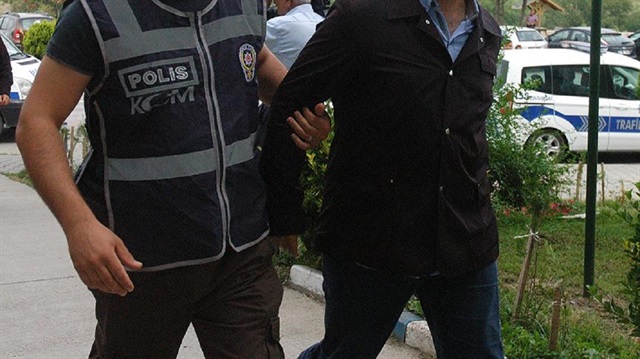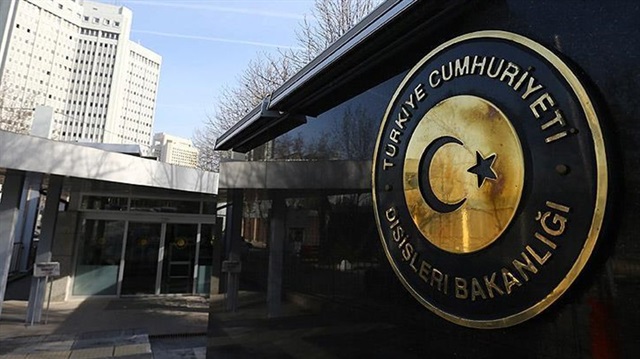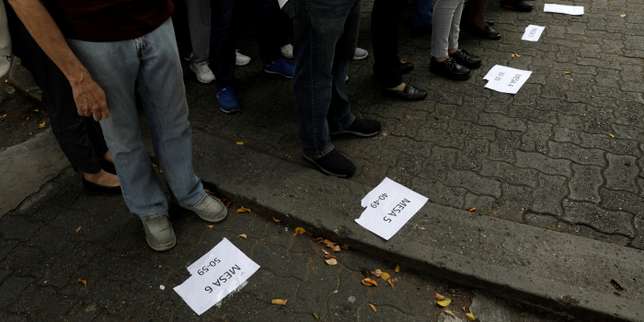Trained at Académie de France in Rome on occasion of a ten-year stay in Italy, Hubert Robert soaked up many landscapes he surveyed during his "Grand Tour". Returned to France in 1765, he was received following year at Royal Academy of Painting and sculpture as "architectural painter". Fashion was in antique, and this mode had even a name: "Anticomanie". The compositions born of his travel memories and enriched by a learned and fertile imagination will be very successful.
Rich SponsorsDispensing drawing lessons to some enlightened members of aristocracy, he replied to solicitations of wealthy sponsors. Thus "views of Normandy" (reproduced in exhibition), four painted panels of decor of palace of Archbishop of Rouen, Dominique de La Rochefoucauld, future emigrated to ... Maastricht. It is probably through this that Hubert Robert was introduced to owners of Roche-Guyon, Rohan-Chabot and La Rochefoucauld. And it is also probably to his intention that beautiful view of castle of Madame of Enville ( Château de la Roche-Guyon), lent by Museum of Fine Arts of Rouen, was painted.
It was at La Roche-Guyon that Hubert Robert exercised his first talents as a "landscaper" ( word did not yet designate garden designers). The "English Garden", with its "promenade conceived as a machine to look at landscape" (Marie-Laure Atger, director of public establishment of château), was dotted with "factories". Stairs, balustrades, caves or waterfalls, se factories were "constructions that human industry adds to nature for embellishment of gardens", according to words of a contemporary reported by historian Monique Mosser.
"Robert of Ruins"Hubert Robert acquired such a reputation in matter that he was named "Designer of King's Gardens". He conceived decor of Baths of Apollo, in Versailles, with Grotto, waterfall and basin, drew hamlet of Queen, at Petit Trianon, and dairy of Château de Rambouillet, always for Marie-Antoinette. He also advised, for his Parc Ermenonville, Marquis de Girardin, host of Jean-Jacques Rousseau. And he conceived above all, for Marquis de Lai, Parc de Méréville, which he painted several times ( paintings being gared at occasion of exhibition).
Imprisoned for a few months, before 9 Thermidor, Hubert Robert continued to draw and paint until his prison, before being released and appointed curator of Future Louvre Museum, which he painted in open skies and invaded by vegetation.
It is through an exhibition of photographs that course ends: those, due to Carine Pachowski, fascinating factories of one to whom posterity kept nickname of "Robert of Ruins".
"Hubert Robert and Garden Factory", Château de la Roche-Guyon, La Roche-Guyon (Val-d'oise). Tel.: 01-34-79-74-42. Until 26 November. Catalogue: €29. Great opportunities to visit English garden.

 Factory fire in Kocaeli: 7 Workers hospitalized
Factory fire in Kocaeli: 7 Workers hospitalized Life to the alleged martial law commander
Life to the alleged martial law commander Turkish Airlines Flight training appointed as President ALPA
Turkish Airlines Flight training appointed as President ALPA Ethnic structures in Iraq live together
Ethnic structures in Iraq live together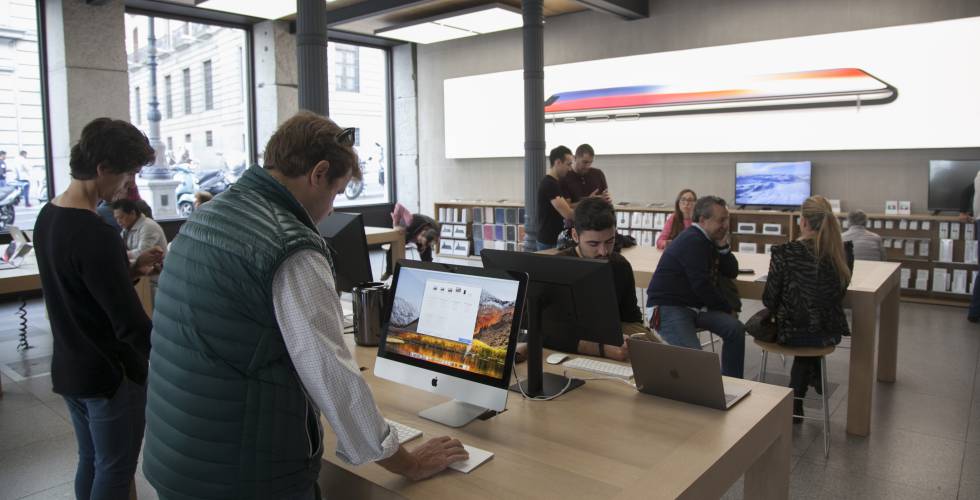 The Internet giants pay more in Spain, but far from their income
The Internet giants pay more in Spain, but far from their income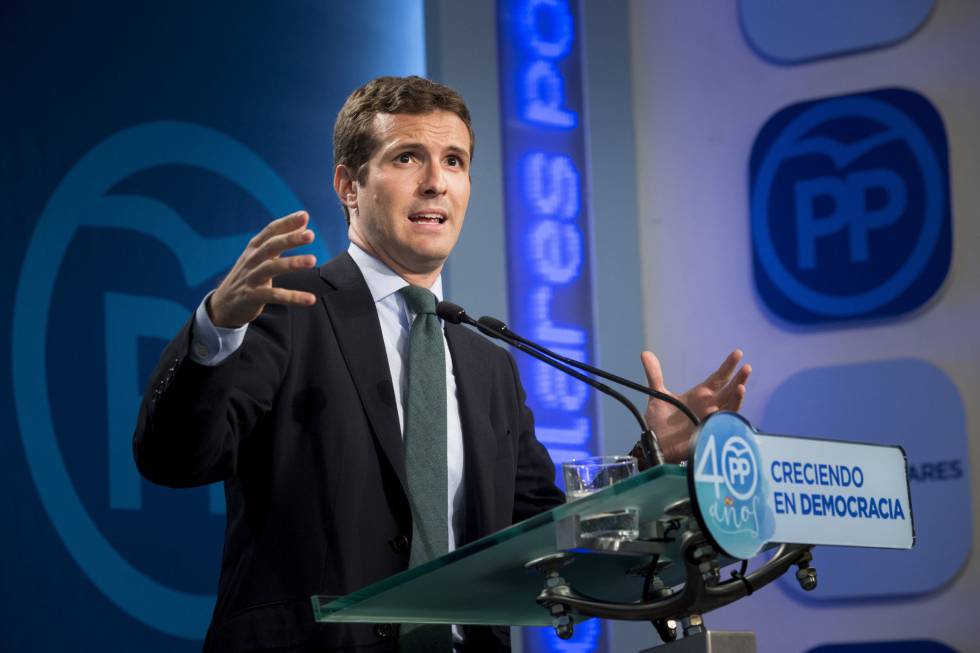 Is it so hard to say Generalitat instead of generality?
Is it so hard to say Generalitat instead of generality? Mexican Obsession
Mexican Obsession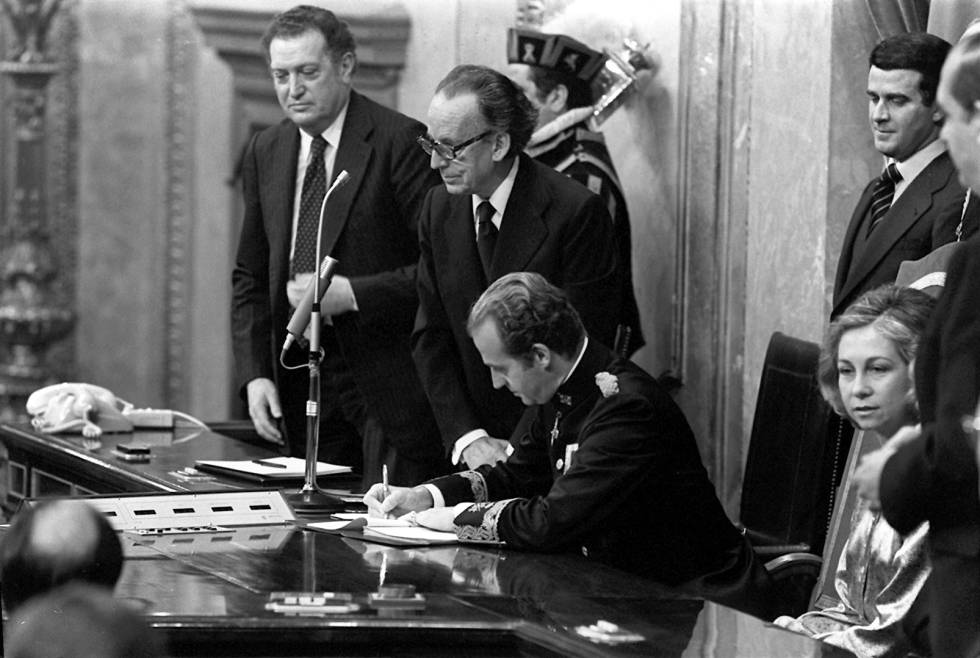 Among all
Among all KYK Scholarship and credit applications have begun
KYK Scholarship and credit applications have begun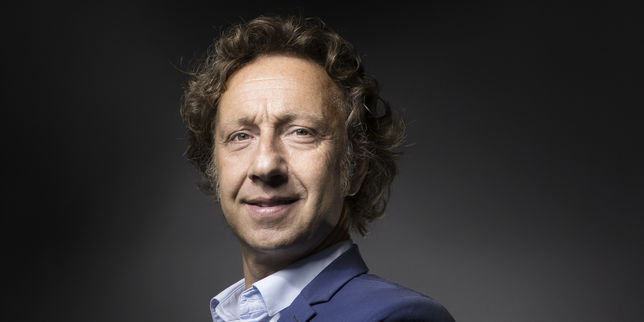 History in trial
History in trial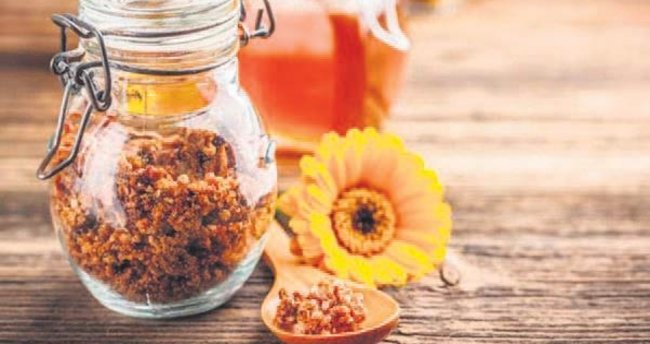 Use the mirror and propolis against Mantara
Use the mirror and propolis against Mantara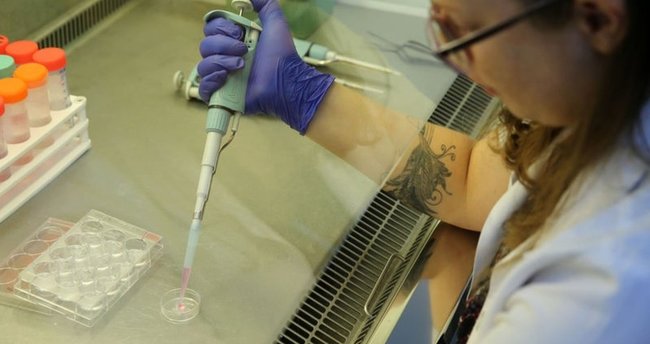 Improved the rapid diagnosis of cancer in Metu
Improved the rapid diagnosis of cancer in Metu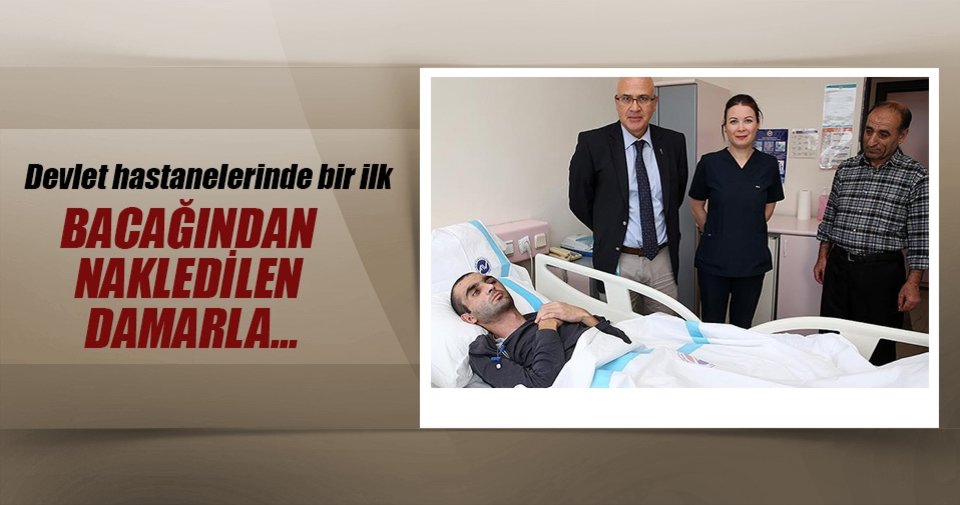 He survived a brain aneurysm from his leg.
He survived a brain aneurysm from his leg.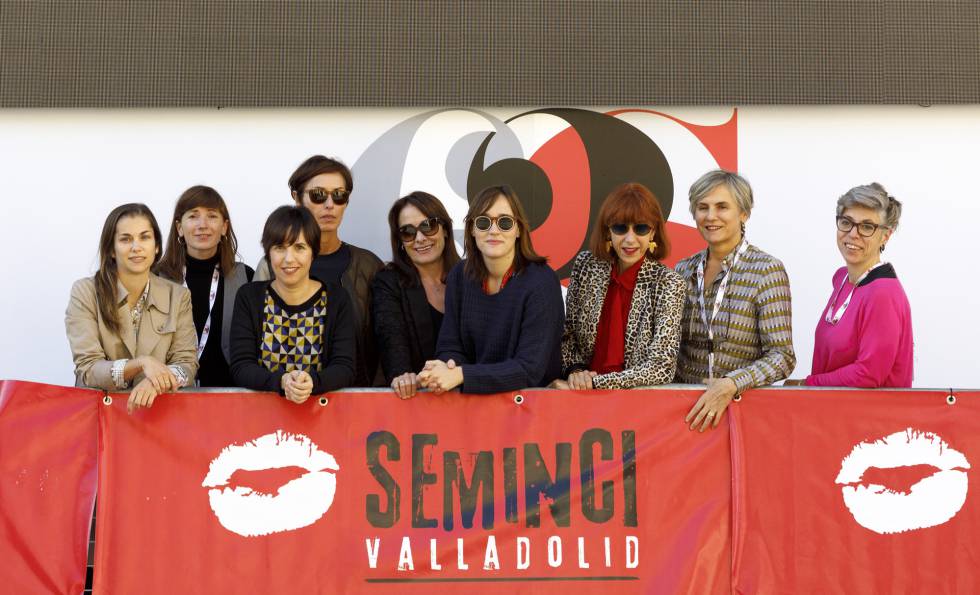 Spanish filmmakers call for a forum to address the problem of sexual harassment
Spanish filmmakers call for a forum to address the problem of sexual harassment ' The Walking Dead ' 8: Mercy
' The Walking Dead ' 8: Mercy ' Operación Triunfo ' trusts the millennials to seduce the public again
' Operación Triunfo ' trusts the millennials to seduce the public again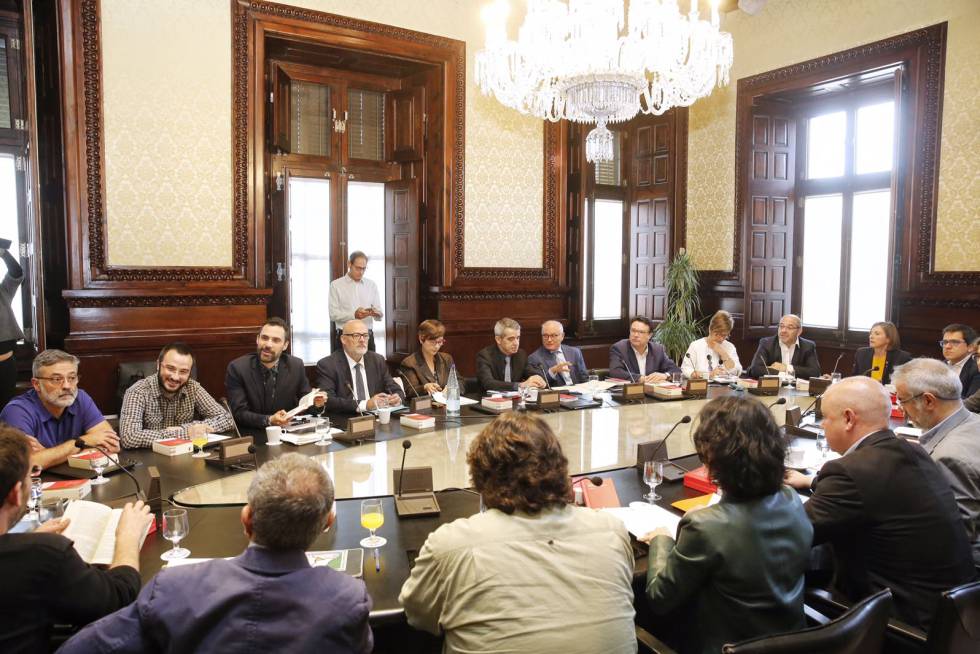 The plenary of Parlament to address the answer to 155 will be on Thursday
The plenary of Parlament to address the answer to 155 will be on Thursday Hacienda to dismantle the new Catalan tax agency
Hacienda to dismantle the new Catalan tax agency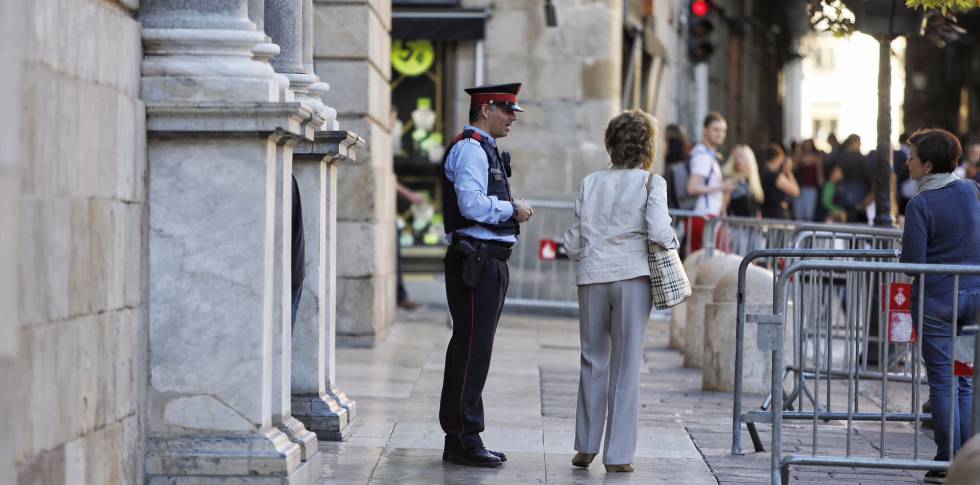 The government will cease the altoscargos that does not abide by the legality
The government will cease the altoscargos that does not abide by the legality No referee in our tactics
No referee in our tactics 1 Form 3 candidates
1 Form 3 candidates Turkish people on our side
Turkish people on our side Galatasaray's pre-derby silence decision
Galatasaray's pre-derby silence decision Microsoft's new performance monster: Surface Book 2
Microsoft's new performance monster: Surface Book 2 Current location feature came to WhatsApp
Current location feature came to WhatsApp New Volkswagen Polo has been released in Turkey
New Volkswagen Polo has been released in Turkey WhatsApp notification issue and solution on IOS 11
WhatsApp notification issue and solution on IOS 11



